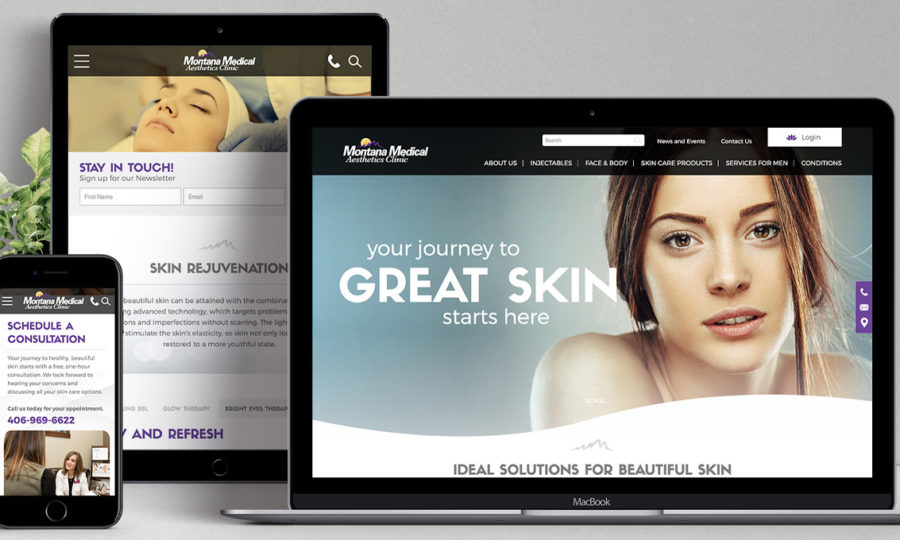For Businesses Big and Small, Email Marketing is Still Important
Social media should play a big role in any organization’s marketing strategy. Who isn’t on social in some fashion?
But all the glitter of Facebook, Instagram, Twitter, YouTube, WhatsApp, and Messenger platforms can’t hide the fact that email is still king of digital marketing. Yes, social media has a huge audience and is essential in today’s multichannel communications between businesses and customers. But email is the most powerful tool connecting people around the world.
Recent studies show that more than 34% of people around the world use email, more than 2.5 billion people. They send out almost 2 billion emails a day, and more than half of that avalanche is business email. Those businesses are looking for conversions – turning email recipients into their customers. In the social media vs. email battle for customers online, email is winning. Most customer acquisitions come via email – more than organic search, paid search, social media, retargeting and other digital tactics.
Why does email work so well with today’s consumers and businesses?
Email is convenient
It is at consumers’ fingertips. Coupons, company news, upcoming deals, notifications, and even occasional humor pour into our digital devices. We don’t have to do a thing. And there’s some measure of “unsubscribe” control over what we see.
You can opt-in
Consumers love to receive email messages when there’s something in it for them. Rewards programs, exclusive contests, free content like e-books, sneak peeks at new products, behind-the-scenes access offers, etc.
You measure it
You can get an idea of how effective your email campaign actually is when you employ email analytics that track these metrics:
- Clickthrough rate – This metric reports the percentage of email recipients who click on a link in an email.
- Conversion rate – This is the percentage of email recipients who clicked on a link within an email and completed a desired action – buying something or signing up for future emails.
- Bounce rate – This represents the percentage of total emails sent that could not be delivered to the recipient’s inbox.
- Email sharing rate – Email recipients who clicked on a “share this” button are captured in this metric.
- List growth rate – You can measure the rate at which your email list is growing (or shrinking).
- Return on investment – This is the overall return on your investment for email campaigns. You divide your total revenue by the total cost of the campaign.
Business owners and leaders of other organizations are on the lookout for ways to build relationships with customers. Email marketing can be an affordable, familiar, personal and unfiltered medium that connects you to people you are trying to reach, many of whom want to hear from you! No need to create an app or SMS marketing to reach mobile consumers.
In closing, here are seven quick tips for email marketing success:
- Build a robust subscriber list
- Engage readers with inviting subject lines and content
- Personalize your message
- Keep your design clean and readable
- Trigger some desired action with links or buttons
- Don’t hide your “unsubscribe” option (that won’t make friends)
- Test emails before sending



